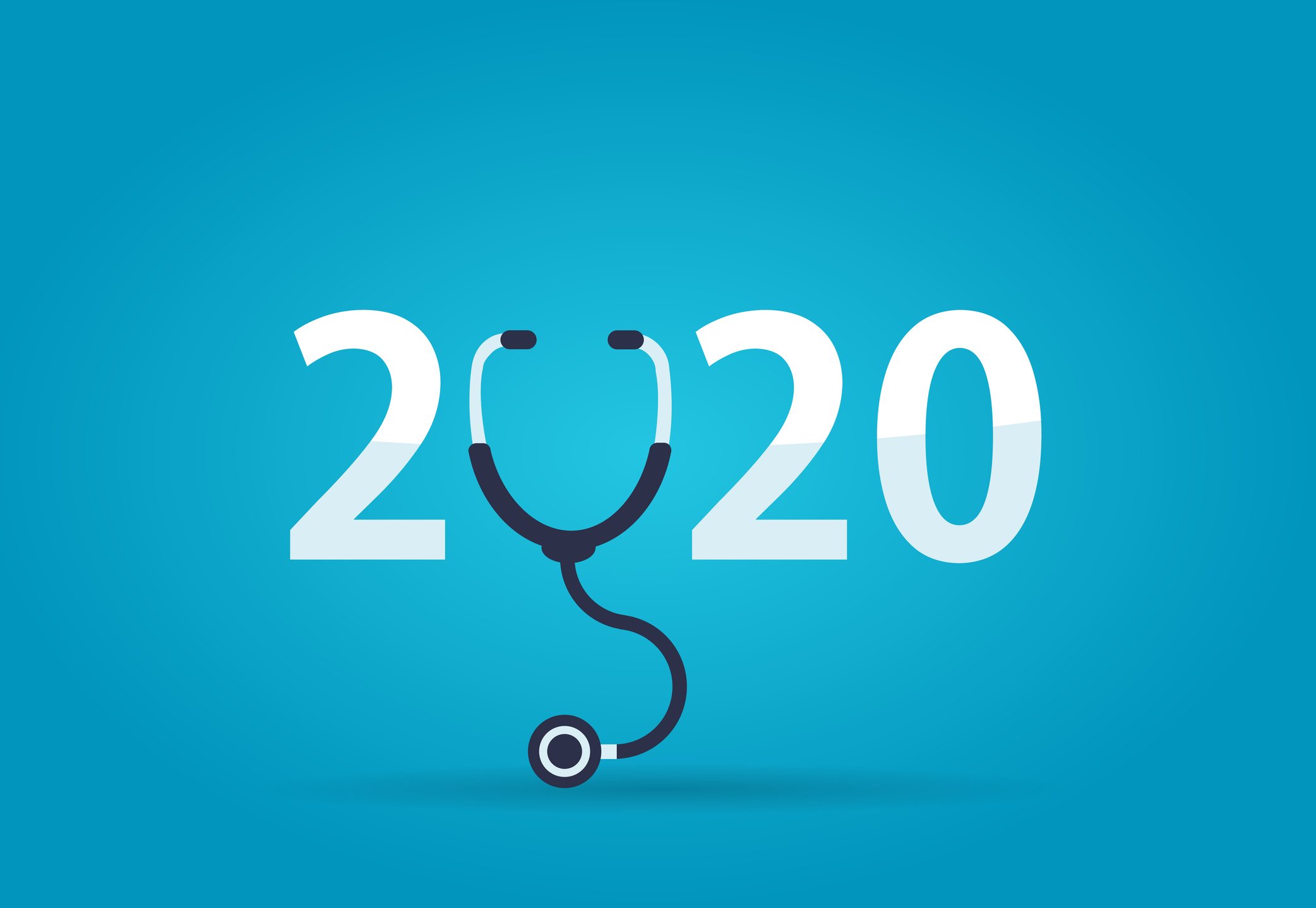
“The best way to predict the future is to create it.”
― Alan Kay
Each year, we meet with hundreds of leaders at healthcare providers — from independent research hospitals to enormous critical-care health systems. We talk with CEOs and Chief Transformation Officers; with clinical leaders, doctors and nurses; and with IT and analytics strategists. And after 10 years, these discussions give us a unique vantage point into providers’ current challenge of saving lives as well as their shared aspirations for the future.
These discussions also inform our work each day to solve one of the toughest problems in medicine: creating a new standard of care in which technology works for us instead of against us. And these insights are at the core of all of our breakthroughs, especially the way we rationalize time-series waveform data so it can be combined with administrative and financial information stored in electronic medical records (EMRs) and other enterprise data systems.
The good news: Ambitious and innovator providers have made hard-won progress in the past 12 months, and it’s clear 2020 will be a defining year for healthcare technology.
Here’s why we’re optimistic:
Important progress in 2019
- Virtual ICUs evolved in meaningful ways. The drive to consolidate remote monitoring, risk verification, and patient management finally gained momentum — resulting in better gateways and closer integration among command centers, medical devices and emerging telehealth channels at a larger number of hospitals. Sparked by changes to CMS reimbursement policies, hospitals are now creating command centers within their enterprises that go beyond single TeleICUS and telemetry war rooms. We are now getting more eyes on patients to reduce full-time staff overhead as well as patient risk. Some of the resulting mergers bred attempts from device makers to create higher walled gardens. But the appetite in all hospitals to consolidate vendors, and the desire of smaller hospitals to move into the mid-market, can’t be denied.
- Enterprise AI is on the rise. Hospitals finally emerged from a rough patch where some who didn’t fully understand artificial intelligence tried to build their own systems — and saw mushrooming costs with little to no return. Now, with distractions from consumer-facing technology companies largely behind them, enterprise-grade AI infrastructures are being built out in earnest.
- Technology vendor mergers speed up. Hospital demands for medical devices to operate more smoothly together — and with new enterprise backbones — were initially met with vendor handwaving. This past year, however, the efficiencies resulting from consolidation and disruption began to arrive. Hospitals raised the bar by threatening to rip device vendors’ systems out of their enterprise in favor of data integrators if they didn’t support efforts to develop predictive analytics. The result: device makers struggling to expand beyond meaningful use sought refuge in mergers and acquisitions.
Significant leaps set for 2020
- The FDA will make major choices. In September, the FDA released its long-anticipated draft guidelines for clinical decision support software. Based on this draft, we expect the guidelines to bring speed and clarity to the clearance process for new products. And the early momentum here is encouraging: Even with the important rigors and necessarily stringent requirements demanded of clinical AI, the FDA has nevertheless approved more than 30 AI algorithms since 2018 (see chart).
- A new type of hospital will emerge – one that uses AI at scale. Progress and success will begin to look different for hospitals starting in 2020. We expect to see the first health systems successfully scale AI pilot projects, in some cases extending the technology to thousands of beds. Simultaneously, these hospitals will leverage these enterprise investments for gains in both research and their most complex use cases, like critical care. The data security and privacy demands that go along with such scope and scale will place these hospitals at the forefront of technology and public policy. And finally, the demands on technology vendors to demonstrate return on investment will now be tied to the much more demanding enterprise-wide command centers instead of individual patients or ICU beds.
- How hospitals approach technology will fundamentally change. Clinical technologies are almost the exact opposite of their consumer brethren, tracking different indicators and facing far more difficult barriers. Hospitals will look to pull more data into their virtual ICUs or command-center applications — supplementing current video monitoring with as much bedside data as possible, including time-series physiological waveforms across all connected devices, not just monitors, and full patient history fused with other data such as labs and meds. Analytics will enable virtual “rounds” of the sickest of the sick, and hospitals will build risk scoring into the very fabric of their operations. And finally, the pressure on stand-alone device makers to release their data for integration with the rest of the command center will only increase as hospitals pursue patient-centered precision medicine in an enterprise populated by the Internet of Things. The result: More data. More quickly. With analytics on top as a virtual monitor.
As we enter MIC’s second decade, we look forward to creating the future with you.




